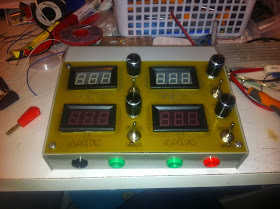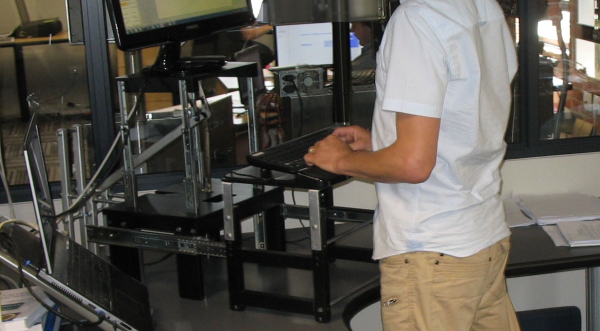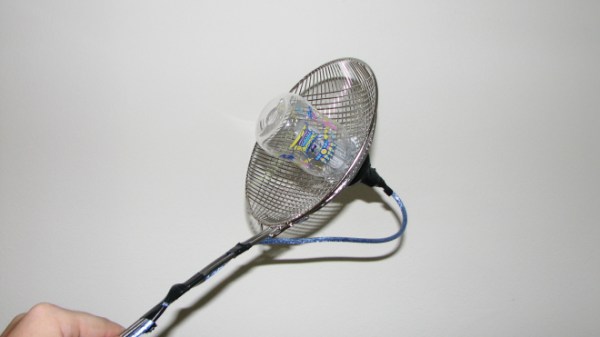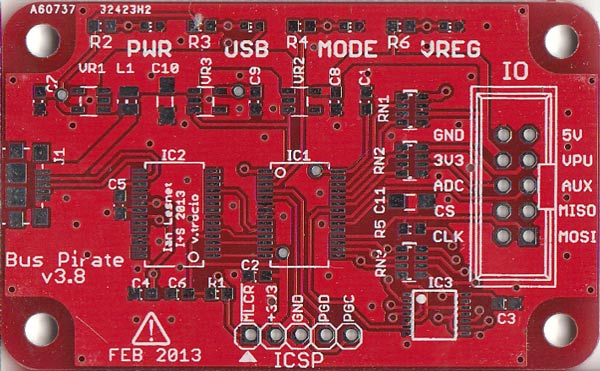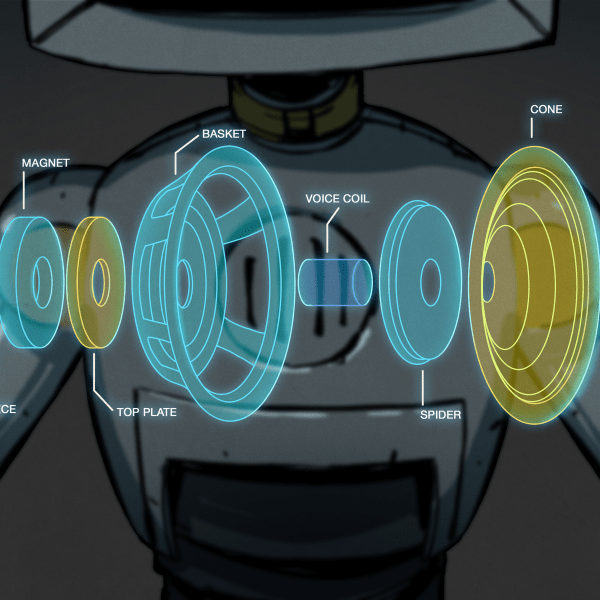We’re great proponents (and beneficiaries) of open-source hardware here at Hackaday. It’s impossible to overstate the impact that the free sharing of ideas has had on the hacker hardware scene. Plus, if you folks didn’t write up the cool projects that you’re making, we wouldn’t have nearly as much to write about.
We also love doing it ourselves. Whether this means actually etching the PCB or just designing it ourselves and sending it off to the fab, we’re not the types to pick up our electronics at the Buy More (except when we’re planning to tear them apart). And when we don’t DIY, we like our electrons artisanal because we like to support the little guy or girl out there doing cool design work.
So it’s with a moderately heavy heart that we’ll admit that when it comes to pre-built microcontroller and sensor boards, I buy a lot of cheap clones. Some of this is price sensitivity, to be sure. If I’m making many different one-off goofy projects, it just doesn’t make sense to pay the original-manufacturer premium over and over again for each one. A $2 microcontroller board just begs to be permanently incorporated into give-away projects in a way that a $20 board doesn’t. But I’m also positively impressed by some of the innovation coming out of some of the clone firms, to the point that I’m not sure that the “clone” moniker is fair any more.
This article is an attempt to come to grips with innovation, open source hardware, and the clones. I’m going to look at these issues from three different perspectives: the firm producing the hardware, the hacker hobbyist purchasing the hardware, and the innovative hobbyist who just wants to get a cool project out to as many people as possible. They say that imitation is the sincerest form of flattery, but can cloning go too far? To some extent, it depends on where you’re sitting.
Continue reading “The Sincerest Form Of Flattery: Cloning Open-Source Hardware”




 The specs I’m quoting come from the LG Optimus Exceed 2, which is currently available from Amazon in the USA for $20. The same package has been available for as little as $10 from retail stores in recent weeks. The Exceed 2 is just one of several low-cost Android prepaid phones on the market now, and undoubtedly the list will change. How to keep up with the current deals? We found an unlikely place. Perk farmers. Perk is one of those “We pay you to watch advertisements” companies. We’re sure some people actually watch the ads, but most set up “farms” of drone phones which churn through the videos. The drones earn the farmer points which can be converted to cash. How does this all help us? In order to handle streaming video, Perk farmers want the most powerful phones they can get for the lowest investment. Subreddits like
The specs I’m quoting come from the LG Optimus Exceed 2, which is currently available from Amazon in the USA for $20. The same package has been available for as little as $10 from retail stores in recent weeks. The Exceed 2 is just one of several low-cost Android prepaid phones on the market now, and undoubtedly the list will change. How to keep up with the current deals? We found an unlikely place. Perk farmers. Perk is one of those “We pay you to watch advertisements” companies. We’re sure some people actually watch the ads, but most set up “farms” of drone phones which churn through the videos. The drones earn the farmer points which can be converted to cash. How does this all help us? In order to handle streaming video, Perk farmers want the most powerful phones they can get for the lowest investment. Subreddits like 